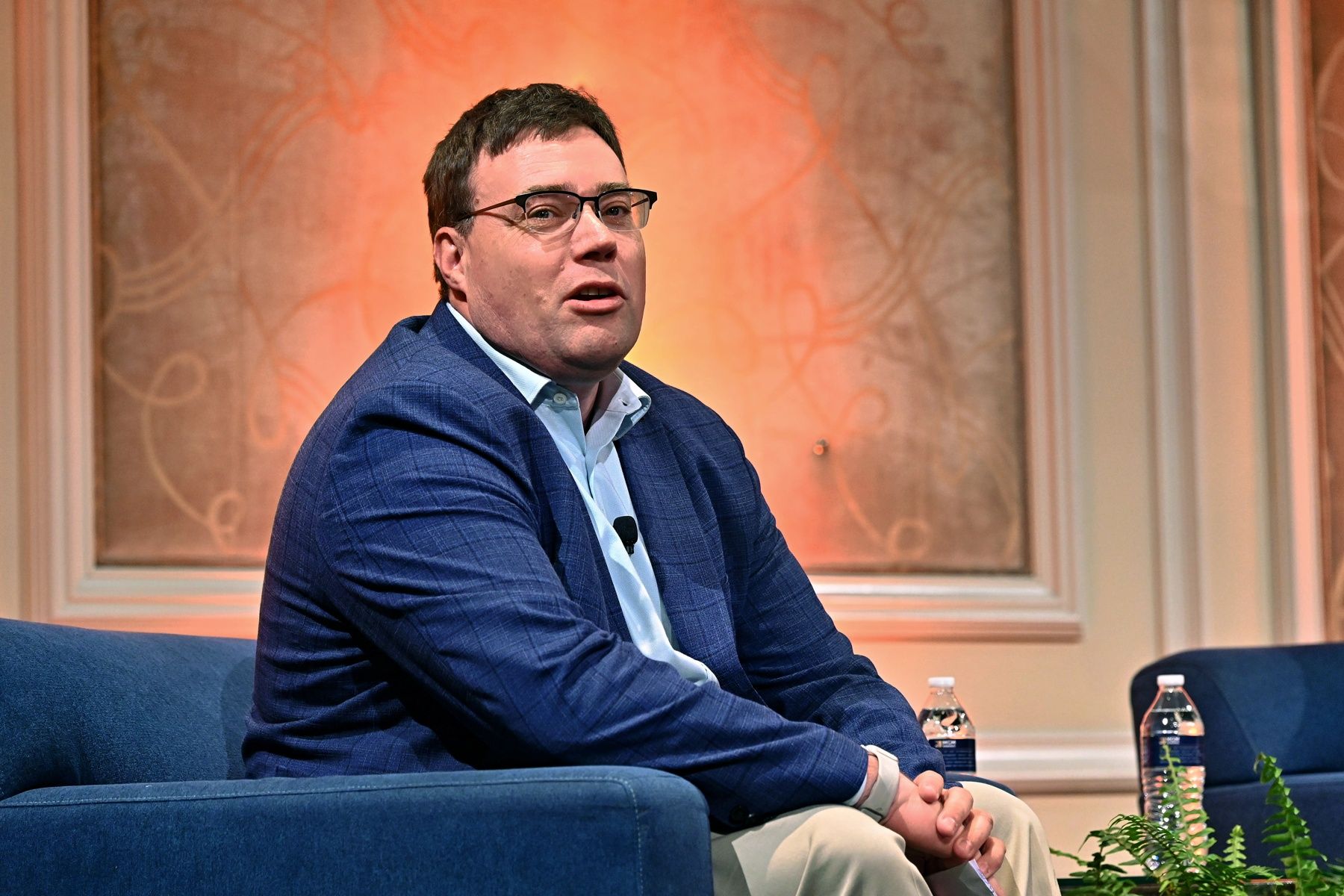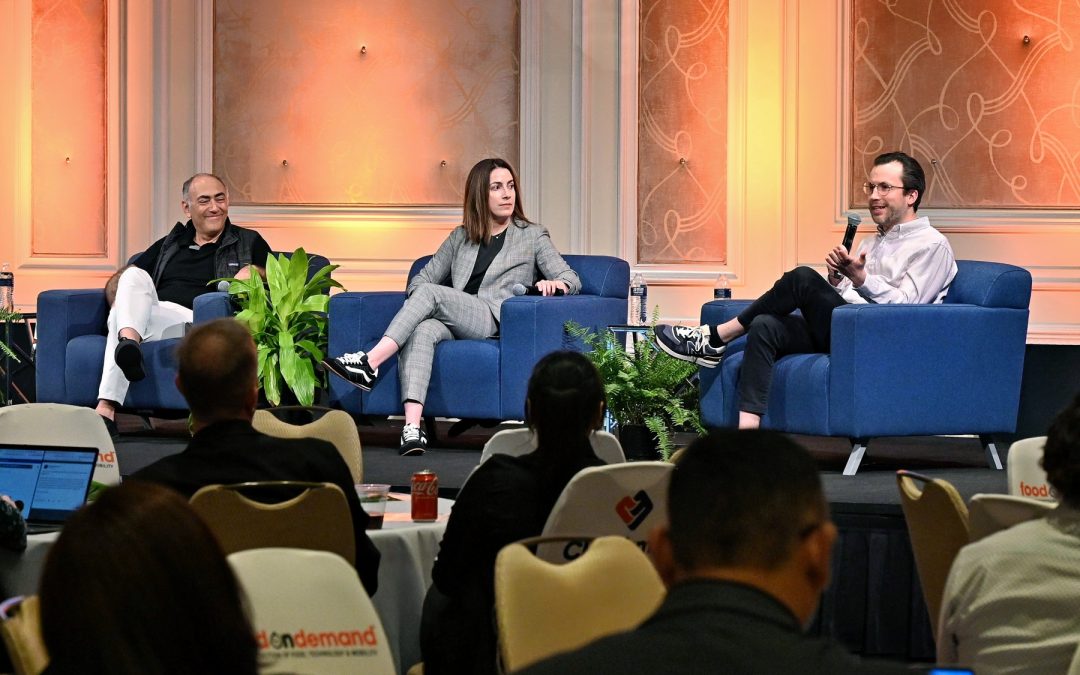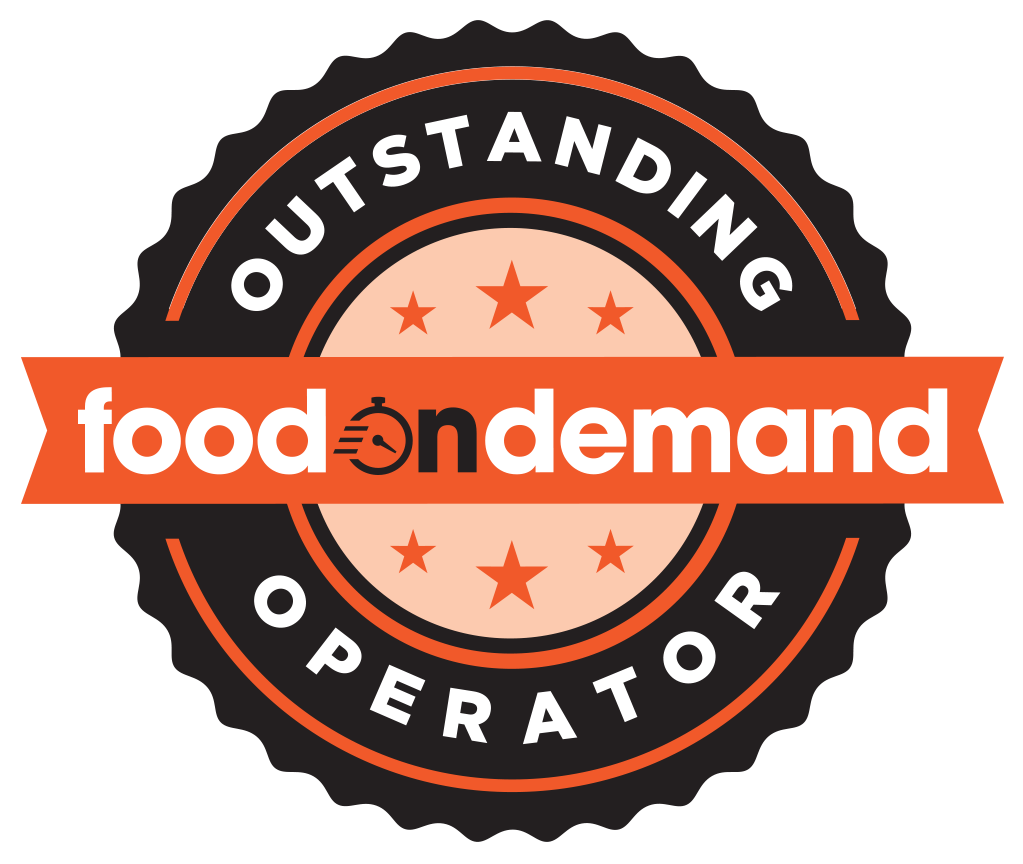The thought of restaurants using drones and robots to deliver meals may still seem like something out of Futurama, but more and more operators are sensing the future is now.
Consider these stats offered up by Nicole Schone, marketing and communications leader at Wing Drone Delivery.
“Our average delivery time in Dallas is three minutes and 47 seconds,” she said during a panel discussion at the eighth annual Food On Demand Conference moderated by Robin Riedel Partner at McKinsey & Company.

Robin Riedel, Partner at McKinsey & Company moderated the autonomous delivery discussion.
“Our drones fly up to 65 miles per hour and our countdown is down to the second,” she added.
And the countdown is on for growing consumer acceptance. It won’t be long before drone delivery is more the norm, she predicts.
“We’d love to see drones in every major U.S. city in the next five years,” she said.
Shake Shake has proven itself open-minded in trying new delivery solutions. It partners with CoCo and Uber Eats on deliveries in Miami and Serve Robotics and Uber Eats for robot deliveries in Los Angeles.
Michael Boyan, director of digital operations at Shake Shack says robotic delivery can work well in cities that are densely populated.
And he gives a simple and rational explanation for why.
“It’s in one-mile deliveries,” he said. “A lot of drivers don’t want small orders because they don’t pay as much, but those orders still need to be delivered. That’s why I don’t think drones and robots are taking human jobs. These are orders that drivers don’t want.”
Touraj Parang, president and COO of Serve Robotics, offers another explanation for robot popularity.
“The robots are cute,” he said. “They’re like if Wall-E and a Minion had a baby.”
And if current-usage projections grow, those babies will have lots of babies.
As it is, Serve Robotics has a contract with Uber to put 2,000 robots on the streets by the end of the year.
To underline Boyan’s point, half of U.S. deliveries are under two and a half miles, Parang said.
Boyan also notes a psychological factor that likely plays a role in the growing consumer acceptance of autonomous delivery: lack of shaming.
“No one is judging you if you get tacos at midnight,” he said.
Things will still need to loosen up from a regulatory standpoint for widespread drone usage, Schone notes. She points to North Carolina for a framework that she likes.
“We used to need to validate every single nest of six miles out and six miles back. But today in North Carolina you can validate across cities,” she said.
And what shows up in her data is that once consumers try drone delivery, they like it.
“Fifty percent of consumers order again after trying it once, and 25 percent order multiple times a week,” she said.
The eighth annual Food On Demand Conference, which offers insights from key restaurant and foodservice players in mobile ordering, delivery, catering and technology, continues through May 7 at the Bellagio in Las Vegas.


